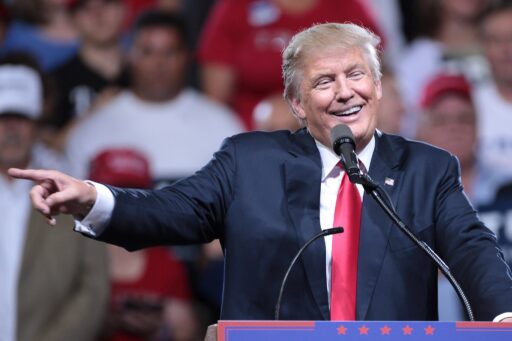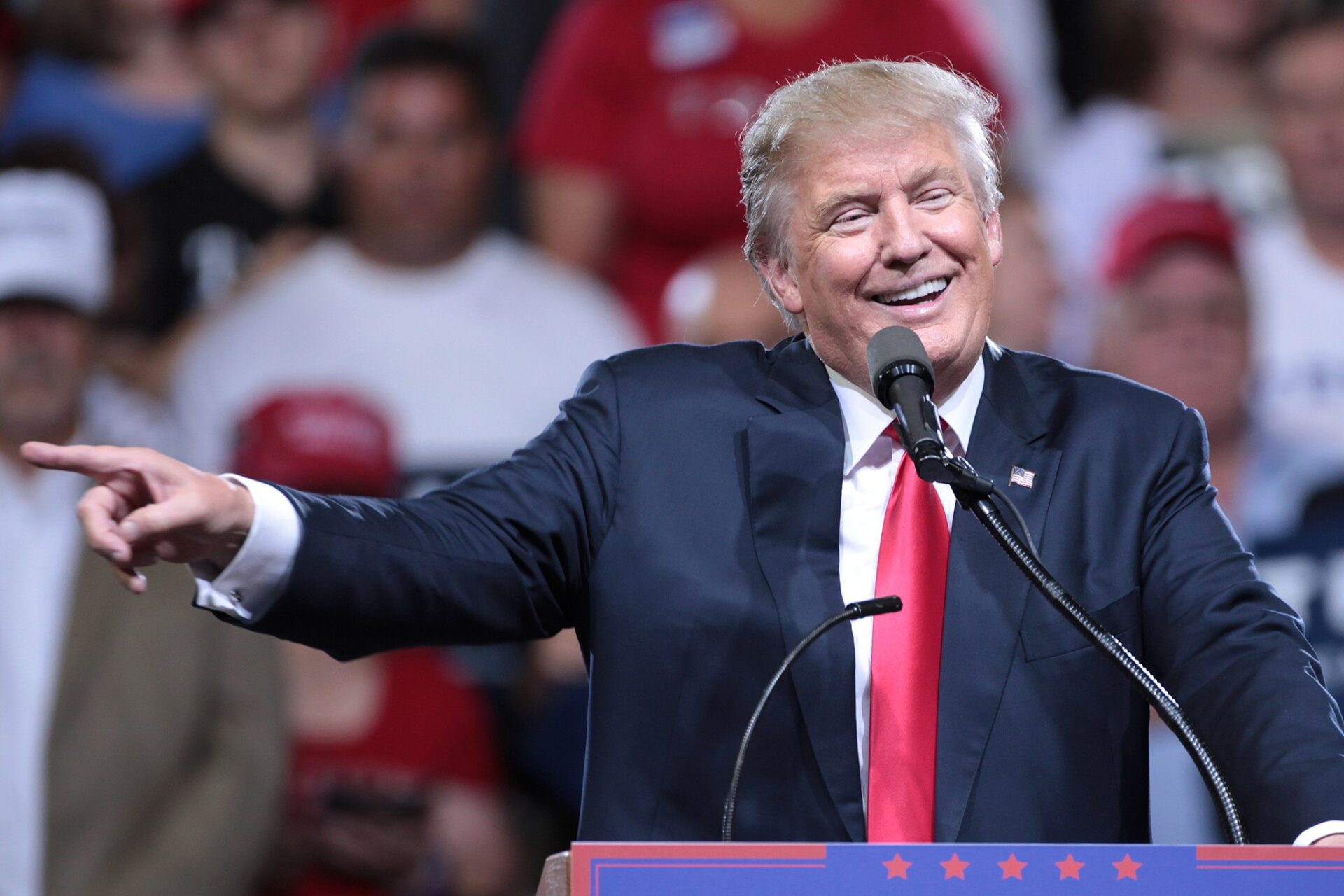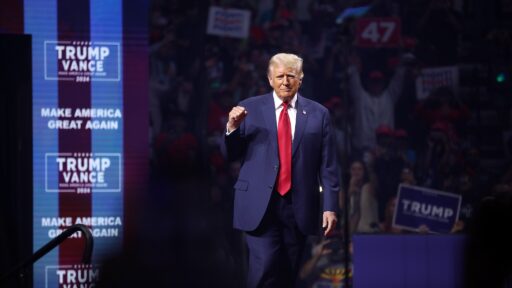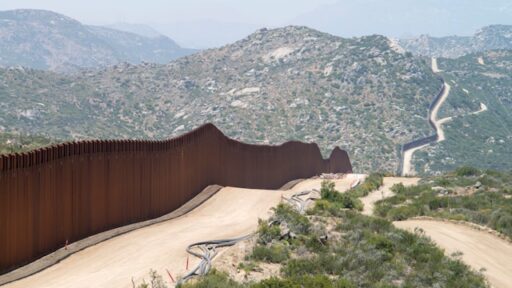Here’s what Trump could be thinking.
As the threat of missile attacks on U.S. soil continues to rise, America is increasingly vulnerable to long-range strikes from nations like North Korea, China, and Russia. A new report from Robert Soofer, former Deputy Assistant Secretary of Defense for Nuclear and Missile Defense Policy in the Trump administration, emphasizes the need for a comprehensive defense strategy to protect the homeland. Soofer warns that the growing capabilities of adversaries, particularly in nuclear and missile technology, mean the U.S. must take immediate steps to bolster its missile defense systems.
Soofer suggests that one of President-elect Donald Trump’s top priorities should be developing an advanced, U.S.-made version of Israel’s Iron Dome system, which would provide a shield against ballistic missiles. While the Iron Dome is designed for short-range threats, a similar system tailored for the U.S. could serve as a first step toward a robust national defense. The concept of an “American Iron Dome” isn’t just a slogan—it’s about enhancing existing missile defense capabilities and building new technologies to deter and intercept any potential attack.
Currently, the U.S. relies on a patchwork of missile defense systems, including 44 Ground-Based Interceptors (GBIs) placed in Alaska and California. However, experts agree that this limited capability is insufficient to defend against a large-scale attack from adversaries like Russia or China. For the U.S. to effectively counter these threats, Soofer proposes increasing investments in missile interceptors, with additional funding to develop space-based interceptors and directed-energy weapons, such as lasers. These innovations would allow the U.S. to better track and neutralize incoming missiles before they can cause harm.
In particular, Soofer calls for a $4 to $5 billion annual increase in funding for the Missile Defense Agency, which would account for just 1% of the U.S. defense budget. This investment is crucial for a comprehensive missile defense strategy that extends beyond mere retaliation and focuses on active prevention.
The threat from North Korea is particularly urgent, as its nuclear and missile programs have advanced rapidly, supported by Russia’s own technological progress. A North Korean attack could be relatively small-scale, but the combined threat from Russia and China is far more significant, with the potential for hundreds or even thousands of missiles to overwhelm current defenses. A limited strike from these nations could also be aimed at coercing the U.S. into backing down from defending its allies or engaging in global conflicts.
The Trump administration has already taken steps to address these concerns by deploying the THAAD system, which helped defend Israel from Iranian missiles, but there is much more to be done. The U.S. needs to be prepared for more sophisticated missile threats, particularly as adversaries continue to develop new weapons and tactics. Trump has pledged to “build an Iron Dome” over the U.S., but that goal must be part of a broader, layered defense strategy that includes enhanced radar systems, more advanced interceptors, and offensive capabilities to preempt enemy missile launches.
Experts also point to the need for preemptive actions, such as intelligence-sharing and collaboration with allies like South Korea, who are already developing advanced capabilities to neutralize threats before they can launch. South Korea’s approach, including the “kill chain” strategy for targeting North Korean missile sites, provides valuable lessons for the U.S. in how to integrate offensive and defensive measures.
In conclusion, the U.S. must invest heavily in missile defense to protect its citizens and allies from the growing missile threats posed by North Korea, China, and Russia. While the idea of an Iron Dome for America may seem like a bold vision, it is a critical component of a larger, layered defense strategy that will ensure America remains strong and secure in an increasingly dangerous world. Trump’s leadership and commitment to enhancing U.S. missile defense could make this vision a reality, safeguarding future generations from the devastating potential of long-range missile strikes.







